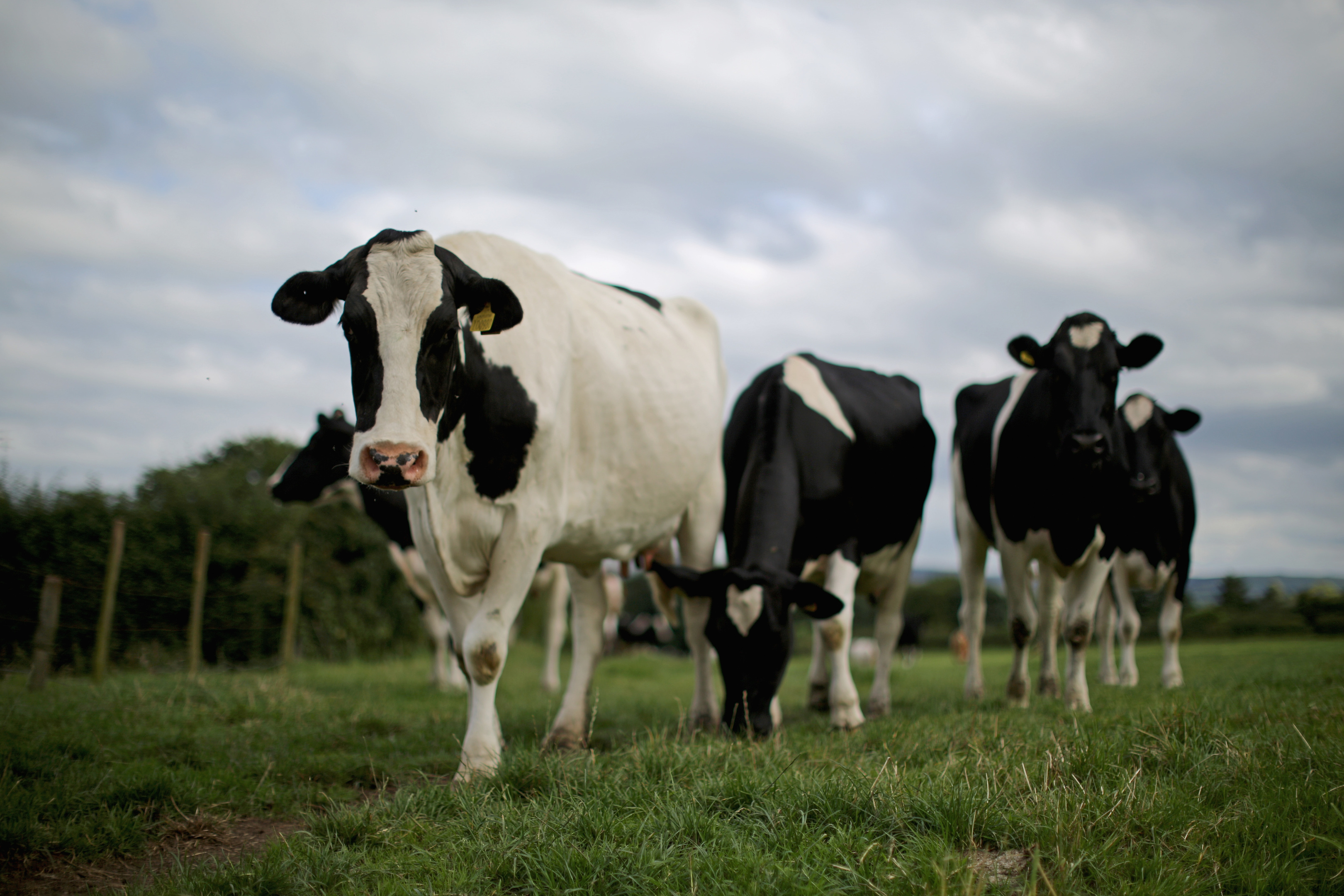Scottish dairy farmers have weathered the storm of low milk prices over the last six months, but there are fears that there will be casualties by the end of the year.
The latest figures from the Scottish Dairy Cattle Association (SDCA) show that dairy herd numbers in Scotland have remained static at 974 in the last six months.
Some farmers have given up or retired but an equal number have come into the industry as a result of long term planning and investment. However production has fallen, with cow numbers down by 1803 to 174,032 which is still the second highest number since 1997.
NFU Scotland’s (NFUS) milk policy manager, George Jamieson, said the figures demonstrated dairy farmers huge resilience in the face of the most extreme market conditions. And he warned that farmers were still under serious financial pressure.
“There will be casualties,” he said.
“For a dairy farmer to give up generations of effort and commitment is one of the hardest decisions they will ever make. For some it will be the correct decision, but for most there is future in dairy and they want to be part of it. No one should doubt the commitment, skills and resourcefulness of dairy farmers and their staff, but many are near breaking point because, even with the small uplift in prices seen recently, the majority are continuing to lose significant amounts of money from producing milk.”
Mr Jamieson said he was concerned about the next six months.
He added: “The weather has been difficult and cows won’t be going in to winter in the best of condition. The fact that dairy farm numbers in Scotland have remained constant should not cloud the potential for fall out later this year unless there are positive signs for farmers to continue to shore up finances and keep milking cows.”
The figures show that the most significant changes in dairy farms have been in Lanarkshire, which lost a net four herds and 616 cows, and Ayrshire, which lost two herds and 376 cows. Other counties losing numbers of cows were Kirkcudbrightshire -369 cows, Kintyre -151 cows and Argyllshire -138 cows. Counties with a small increase in cow numbers included Orkney, Roxburghshire and Stirlingshire. Overall the average herd size decreased by one cow to 179.
SDCA secretary Janette Mathie described the figures as a surprise.
“Most thought herd numbers and also cows would be much lower however we know of several herds that will be dispersed before the end of the year and that may make a difference by the end of December,” she said.
“Full marks to our dairy farmers who are maintaining the Scottish dairy business through these very tough financial times.’
Meanwhile in England and Wales one in 10 dairy farms closed down in the last three years, according to new figures released by the Agriculture and Horticulture Development Board (AHDB).
The board said 1,002 dairy farms had closed since June 2013.







